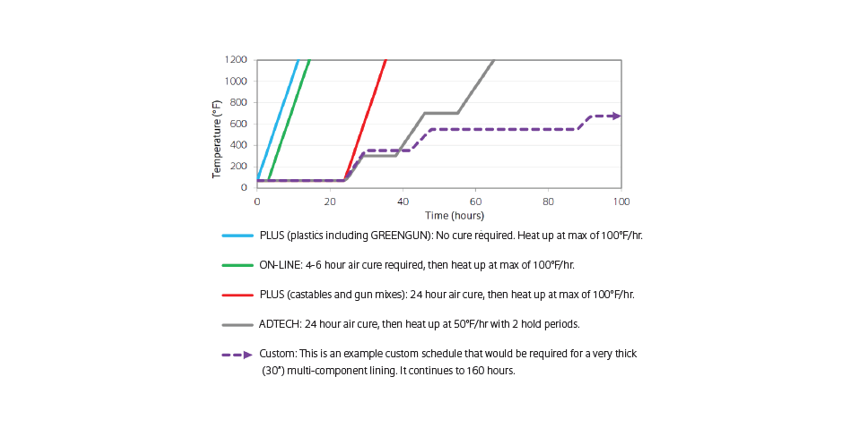Made more progress this week. A bit of head scratching as I learn but coming along ok. I know mortar joints are supposed to be as thin as possible or around 1/8" but when I looked at many photos on line, the outer gap seems much larger. Does the 1/8" refer to the inside width? I did cut the second course bricks a bit to reduce the exterior gap a bit. I think the 3rd course will require both more cuts and side tapers. Going to work on an adapter or table sled to do that. Cutting the angles was not easy with my saw, despite being a 10" saw. Fun project so far.
I am a little worried about getting the opening form out. I put wedges under it to give me some vertical clearance but did not allow for side clearance. And I stapled it together. Should have screwed it. I will leave it till I have a few courses about it or I have to move it. I have an oscillating saw and I think that might be the ticket to getting it out.
Any input thus far would be appreciated.
Cheers,
Shawn
I am a little worried about getting the opening form out. I put wedges under it to give me some vertical clearance but did not allow for side clearance. And I stapled it together. Should have screwed it. I will leave it till I have a few courses about it or I have to move it. I have an oscillating saw and I think that might be the ticket to getting it out.
Any input thus far would be appreciated.
Cheers,
Shawn






Comment